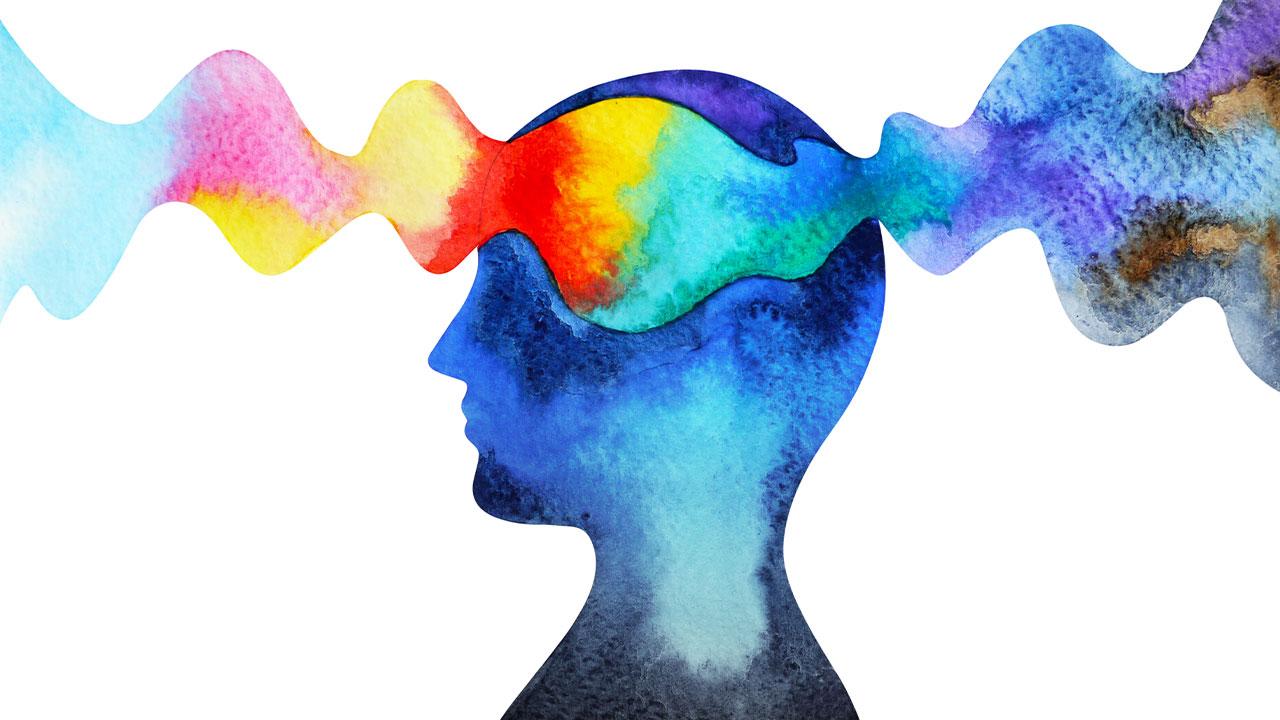I largely agree with the view on the effects of colors on the human psyche and emotions. The universal acceptance and scientific study of these effects have enabled us to better understand the psychological effects of colors. I think the feelings that colors give to people can vary from person to person. Each color can make people feel different emotions. For some, the color represents peace and for others, it represents darkness. The use of colors in the treatment of some diseases has also been studied under the name of color therapy or chromotherapy.
Although the psychological impact of colors on people varies from person to person, they play a big role. The effects of colors on human psychology have been researched for many years. It has been supported by scientific studies that different colors have certain effects on human mood and behavior. Colors have some stereotypical meanings in the world. For example: Green, a color associated with nature, has a relaxing and balancing effect. According to research, this is the effect of green on the majority of people, but I think many people are not attracted to this effect of green. This color, which is relaxing for some, may overwhelm others. Things around us are colored according to the psychology of colors on people. For example: It has been found to have a calming and relaxing effect. For this reason, it is frequently used in hospitals and health institutions. The effects of color may be universal in some ways, but cultural differences can also shape these effects. For example, in Western culture, the color white is associated with purity and innocence, while in some Asian cultures, white is the color of mourning. Therefore, the impact of colors should also be evaluated in a cultural context and universal acceptance should be made accordingly.
There is also a treatment discovered based on the effects of colors on people. This is called color therapy (chromotherapy). Color therapy is a field that researches and practices the healing effects of colors on human health. Chromotherapy involves the use of colors in the treatment of certain diseases and mental disorders. This therapy is based on the belief that colors support the body’s energy balance and healing processes. For example: red light therapy is used for skin diseases and wound healing.
Various scientific studies support the effects of colors on human psychology. Studies on the effects of colors on learning, work performance, and consumer behavior show that colors consciously or unconsciously direct human behavior.
The effects of colors on the human psyche and emotions are scientifically supported and widely accepted. When evaluated in psychological, color therapy practices and cultural context, it is understood that colors have a powerful effect. Therefore, I agree that the emotional effects of colors on us are universally accepted and scientifically proven.

